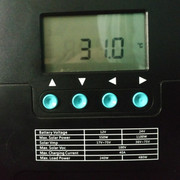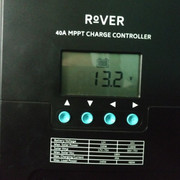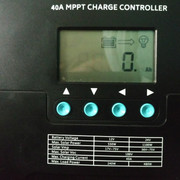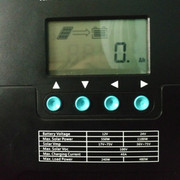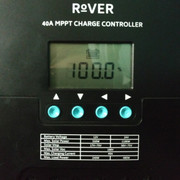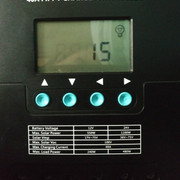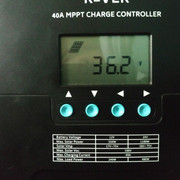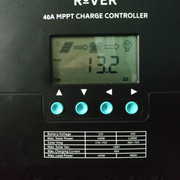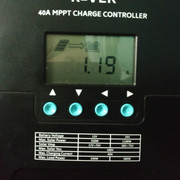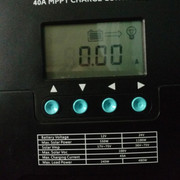TheKarmaVan
Well-known member
Here's my setup:
2 100w Renogy Monocrystalline Solar Panels in Series wired into the 40amp MPPT Renogy Rover charge controller which is connected to my 200ah AGM Mighty Max 12v battery bank. Directly attached to the terminals is a Deep Blue Sea DC fuse panel. This has my DC appliances attached to it...the MaxxFan Deluxe 7000k, Max Burton 37q Fridge/Freezer and a string of LED lights. Also directly connected to the terminals is a 1000w/2000w pure sine wave inverter which is used very rarely.
So here is my dilemma:
I know that I can't get a perfectly accurate read of my battery's capacity unless it's rested and I'm happy with simply using the voltage for now and keeping it above a 12.6 or 12.7. We don't use much power in the van, only at night to keep it cool and of course the fridg being in constant use. What I'd like to know is: Does the Renogy charge controller protect the battery to such an extent that I'll never fully charge my battery bank? Is it automatically going into float mode too early? If so, what can I do to change the settings and override this? Should I just suck it up and buy a battery charger so I can plug in occasionally to get a full charge?
2 100w Renogy Monocrystalline Solar Panels in Series wired into the 40amp MPPT Renogy Rover charge controller which is connected to my 200ah AGM Mighty Max 12v battery bank. Directly attached to the terminals is a Deep Blue Sea DC fuse panel. This has my DC appliances attached to it...the MaxxFan Deluxe 7000k, Max Burton 37q Fridge/Freezer and a string of LED lights. Also directly connected to the terminals is a 1000w/2000w pure sine wave inverter which is used very rarely.
So here is my dilemma:
I know that I can't get a perfectly accurate read of my battery's capacity unless it's rested and I'm happy with simply using the voltage for now and keeping it above a 12.6 or 12.7. We don't use much power in the van, only at night to keep it cool and of course the fridg being in constant use. What I'd like to know is: Does the Renogy charge controller protect the battery to such an extent that I'll never fully charge my battery bank? Is it automatically going into float mode too early? If so, what can I do to change the settings and override this? Should I just suck it up and buy a battery charger so I can plug in occasionally to get a full charge?





